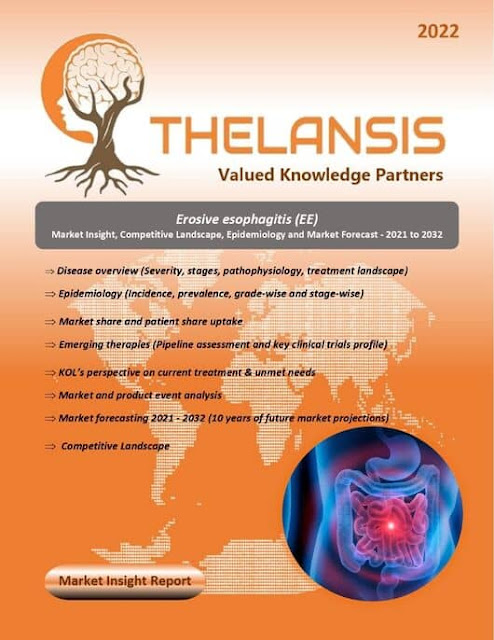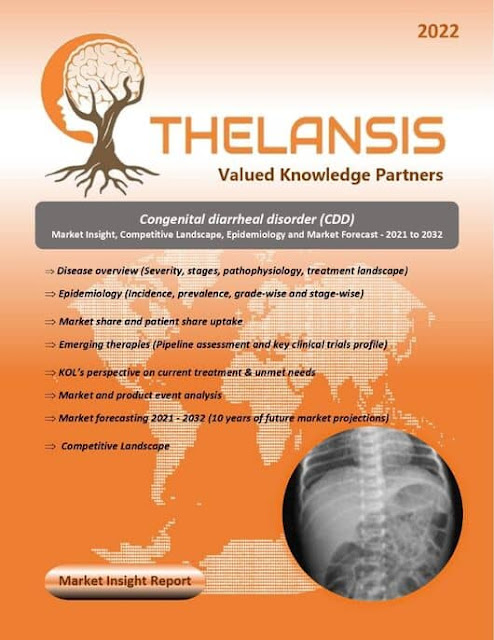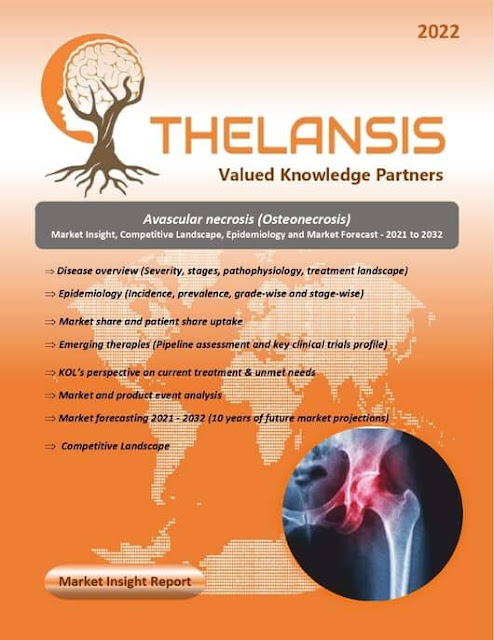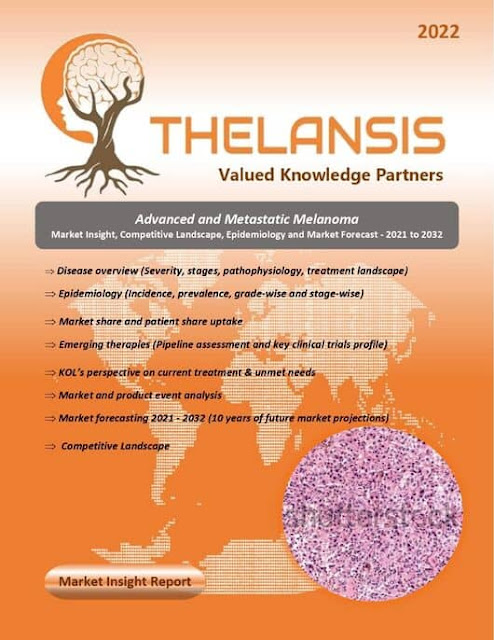Congenital diarrheal disorders (CDDs) are a group of inherited enteropathies that typically manifest themselves in childhood. Despite their different outcomes, most CDDs have a similar clinical presentation. In most cases, appropriate therapy must be started immediately to prevent dehydration and long-term, and sometimes life-threatening, complications. Milder forms of CDDs, with a less severe clinical picture that remain undiagnosed until later ages, have been described. The less severe outcome may be due to a milder effect of disease gene mutations. Types of CDDs are more common in some ethnic groups due to consanguineous marriages or founder effects such as congenital lactase deficiency (CLD), lysinuric protein intolerance, or sucrose isomaltase deficiency. IL10RA was the most commonly detected pathogenic variant. Congenital chloride diarrhea and Schwachman–Diamond syndrome were leading causes of CDDs with 68% and 12%, respectively, among the neonatal patients. The competi




.jpg)
